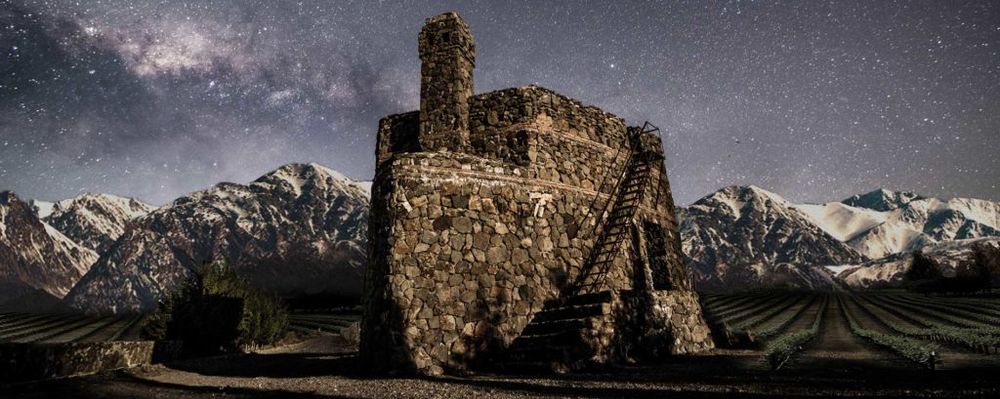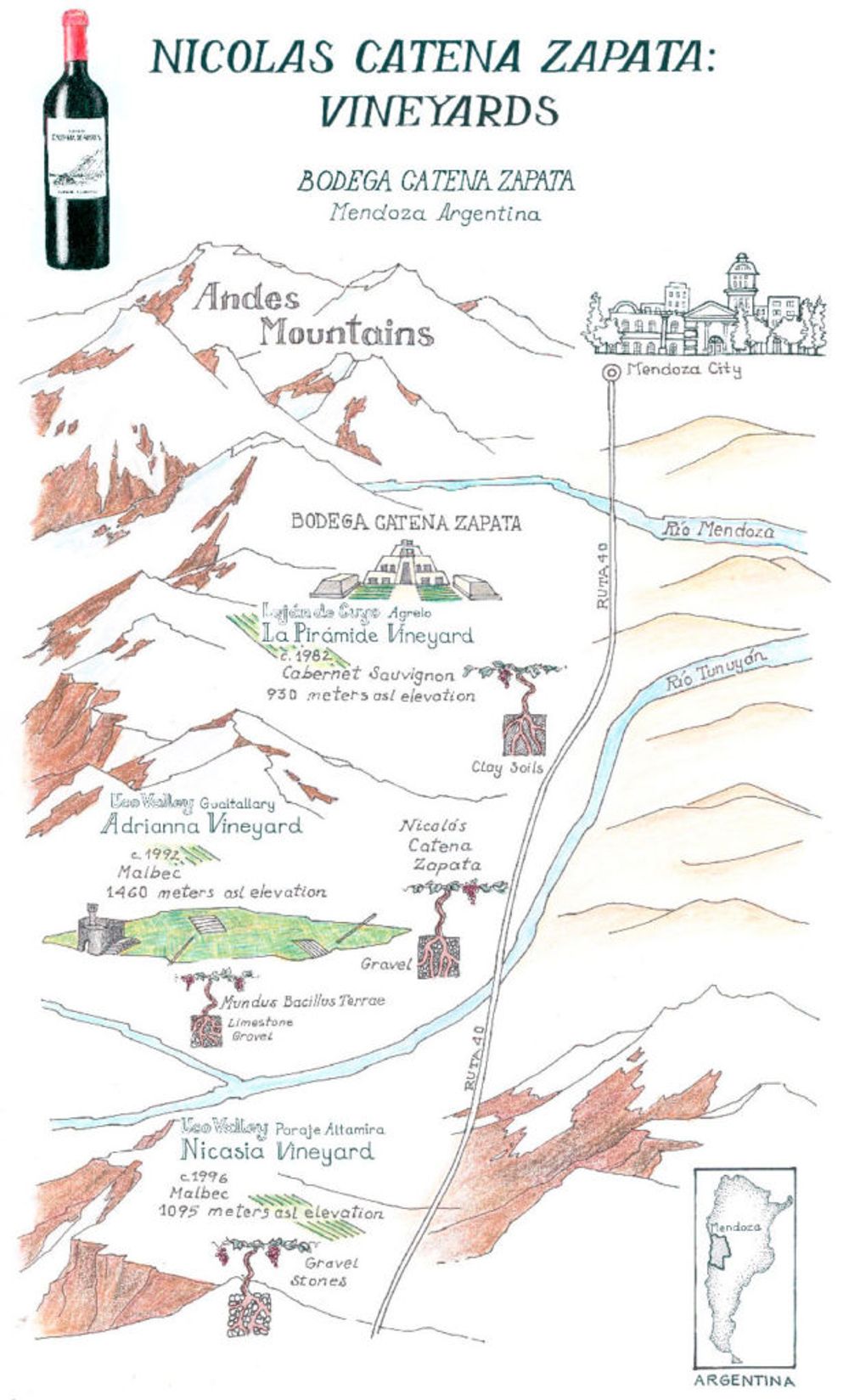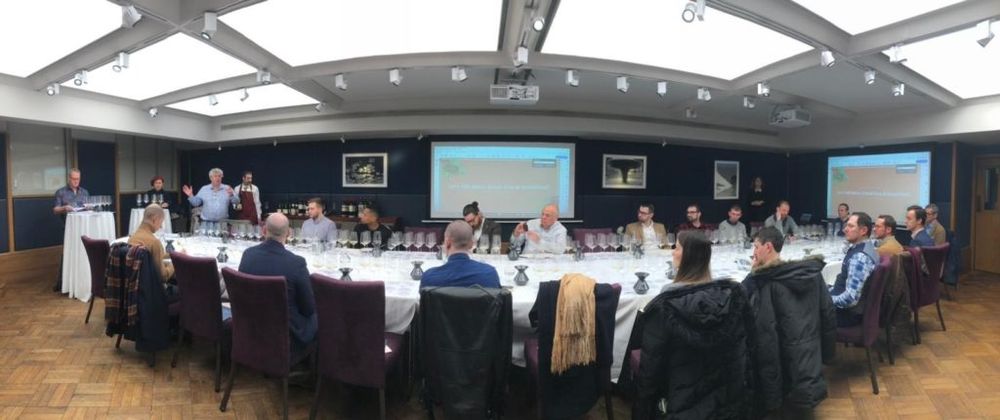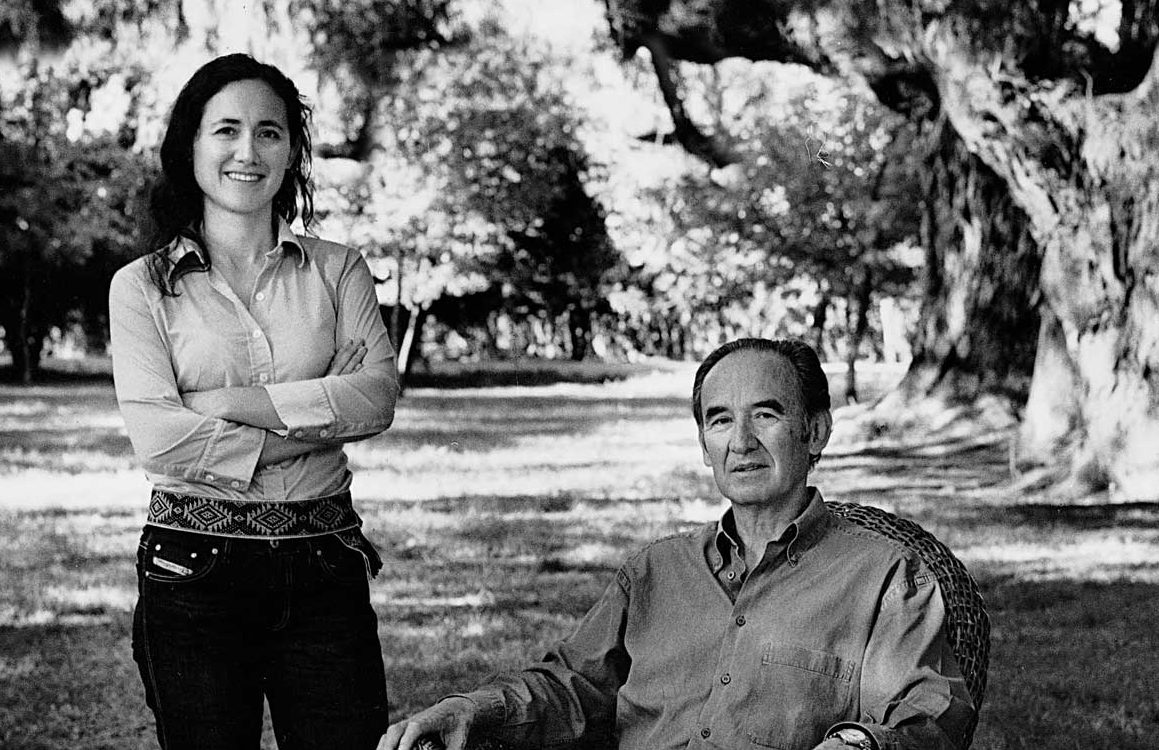Nicolas Catena Zapata between 2004 and 2013, is a wine that has averaged 96.1 from Robert Parker, a score surpassed by only six other wines globally.
“Adrianna Vineyard: South America’s grand cru vineyard” proclaims Dr Laura Catena in her book, Gold in the Vineyards. In no way is she mistaken, for this Gualtallary site 1500 metres up in the mountainous Tupungato appellation of Mendoza is Argentina’s answer to some of the world’s great terroirs. At a Bibendum-organised masterclass for Catena Zapata’s wines, followed by lunch at 67 Pall Mall in London, the bodega’s top examples from both the Adrianna Vineyard and other nearby sites showed stupendously well.

Mirador vineyard
Laura Catena is wrestling with the idea of including the words “Grand Cru” on the labels of these wines. Such is her obsession with getting things right, she spent the whole lunch extracting personal views on the matter from every one of the 20 or so wine industry representatives from half a dozen different countries.
The overwhelming consensus was that the Catena Zapata wines certainly matched their Burgundian or Alsatian grand crus equivalents, but also that the plethora of unexceptional St Emilion grands crus might confuse the issue for consumers. Many of the wine experts present, including masterclass host Tim Atkin, felt that ‘Gran Parcela’, Castillian that needs no translation, might be more fitting than a French term.
Never mind label terminology. These wines were of such high quality that it is time to concentrate fully on them. Starting with the two Catena Zapata Chardonnays from 2015, the White Bones and the White Stones, the tasting got off to a flier. The former comes from selected rows, whose underlying soil is layered with limestone deposits that have the appearance of crumbled bones (hence the name). Elegant, with sophisticated citrus notes and skilful oak treatment, this very long wine was a compelling expression of Chardonnay, one easily mistaken for a top Puligny Montrachet.

The White Stones site, on a dry riverbed, lies very close to the White Bones site but has different soils, which are more gravelly with white calcium carbonate stones. Blessed with great intensity of flavour, this wine was rounder, more Meursault-like. Laura thinks the microbial richness of the parcel gives the wine a special flavour. Ironically, her father Nicolas’ viticulturalist originally advised him the site was so cold and arid that a grape would never ripen there. Fortunately, he was wrong.

Malbec also flourishes in the Adrianna Vineyard, where Catena Zapata has three labels. The one we tasted, the Fortuna Terra 2013, came from deep soils of sand, loam and stone. This was a light and ethereal expression of the grape, being somewhat Pinot-like with very fresh acidity. Above all, it exuded wonderful freshness and fragrance, while still boasting lots of concentration.
Another sublime Malbec, a 2014 from the celebrated Nicosia Vineyard in Altamira en La Consulta (in the San Carlos appellation of Mendoza), showed why this more southerly region was the preferred Malbec location of Laura’s grandfather, Domingo Catena. This gloriously elegant wine, with beautifully integrated tannins, was as fresh as the Fortuna Terra. Great concentration, complexity and length were its hallmarks.
The Malbec Argentinois a 50:50 blend of the Adrianna and Nicosia vineyards. Interestingly, the former’s component is co-fermented with Viognier, and the latter’s with Cabernet Franc. Dark violet in colour, with a cassis, mocha and clove nose, black fruit and blueberries predominate on the palate. Another great Argentinian Malbec with a real eye-catching artwork label, introduced in 2015.
Last, and not of course least, came the celebrated Nicolas Catena Zapata 2013, a blend of Cabernet Sauvignon (75%) and Malbec (25%). Between 2004 and 2013, this wine averaged 96.1 from Robert Parker, a score surpassed by only six other wines globally. Produced only in outstanding years from historic rows in the Catena Zapata vineyards, it is made from 200 separate microvinifications, representing different rows, altitudes and harvest times. Although aged for 24 months in French oak, only 25% of the barrels are new. Parker, in giving the 2004 98+ points, wrote that “it strikes me as being Argentina’s equivalent of a great vintage of Lafite-Rothschild.” Praise indeed.


The Catena Zapata masterclass at 67 Pall Mall









































